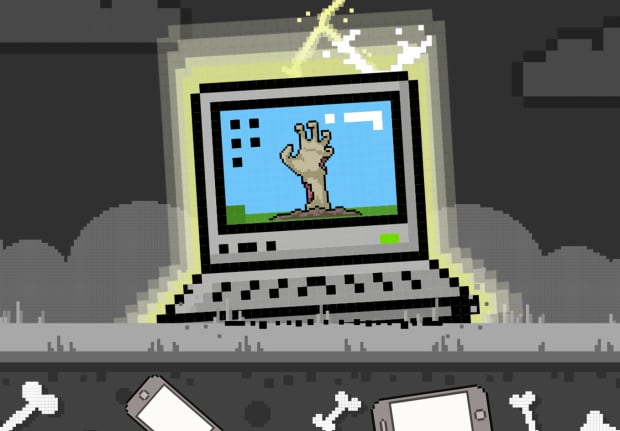
The demands of at-home schooling and work amid the COVID-19 pandemic pushed the personal-computer market to its strongest growth in more than a decade, according to third-party analyses released Monday.
Gartner Inc. and IDC reported that PC shipments enjoyed their second consecutive quarter of strong growth after years of struggle for a form factor that fell out of favor amid the move to smartphones. IDC reported that overall shipments rose 14.6% from the same quarter a year ago, the largest year-over-year increase since the second quarter of 2010, while Gartner reported a 3.6% increase.
Don’t miss: The pandemic has brought the personal computer back to life
The difference between the two figures relates to one form factor that found huge gains in the back-to-school quarter: Chromebooks, the laptops that use Alphabet Inc.’s GOOGL,
Shipments to the U.S. were also a huge boost to the PC market. Gartner reported that shipments to the U.S. jumped 11.4%, also the biggest year-over-year gains since the second quarter of 2010. Gartner research director Mikako Kitagawa told MarketWatch in an email that it was the first time growth hit double-digit percentages since that quarter, but there have been double-digit declines five times in that period.
Laptop shipments to the U.S. jumped 29%, overcoming a decline for desktop computers and the lack of Chromebook numbers in Gartner’s accounting. IDC reported that the U.S. “traditional PC market witnessed yet another extraordinary quarter, posting strong double-digit shipment growth.”
While previous gains for the PC market were largely credited to businesses purchasing laptops for employees working at home or catching up to new operating systems from Microsoft Corp. MSFT,
“This quarter had the strongest consumer PC demand that Gartner has seen in five years,” Kitagawa said in a news release Monday. “The market is no longer being measured in the number of PCs per household; rather, the dynamics have shifted to account for one PC per person.”
Business demand was still a factor, though, with Kitagawa reporting that “enterprise spending remained strong where government funding for distance learning and remote work has fueled device purchases, such as in the U.S. and Japan.”
“Consumer demand and institutional demand approached record levels in some cases,” according to Jitesh Ubrani, a research manager for IDC. “Gaming, Chromebooks, and in some cases cellular-enabled notebooks were all bright spots during the quarter.”
The one concern both analysis firms voiced was a shortage of supplies to continue feeding the increased demand for PCs, with panels and processors mentioned as especially in demand.
“The PC industry rode into the third quarter with a sizeable backlog of unfulfilled orders. And it appears the quarter will end under the same auspices,” Linn Huang of IDC said in a statement. “Given that the shortages have been due more to a shortfall of business planning than a technical glitch, we do not anticipate a sudden surge in capacity. Consequently, this backlog will likely carry into 2021.”
Both companies reported that Lenovo Group Ltd. 992,
